Theory suggests that empty space is filled with enormous energy, but according to a new proposal this energy may be hidden because its effects cancel at the tiniest scales.
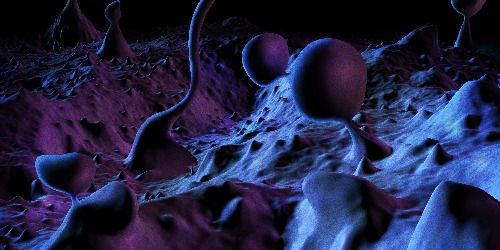

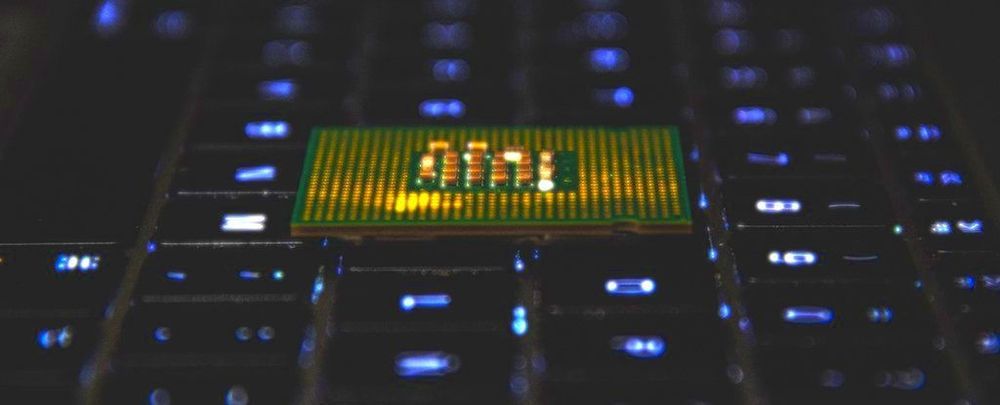
Quantum computers exist today, although they’re limited, cut-down versions of what we hope fully blown quantum computers are going to be able to do in the future.
But now, researchers have developed hardware for a ‘probabilistic computer’ – a device that might be able to bridge the gap between genuine quantum computers and the standard PCs and Macs we have today.
The special trick that a probabilistic computer can do is to solve quantum problems without actually going quantum, as it were. It does this using a p-bit, which the team behind this research describes as a “poor man’s qubit”.
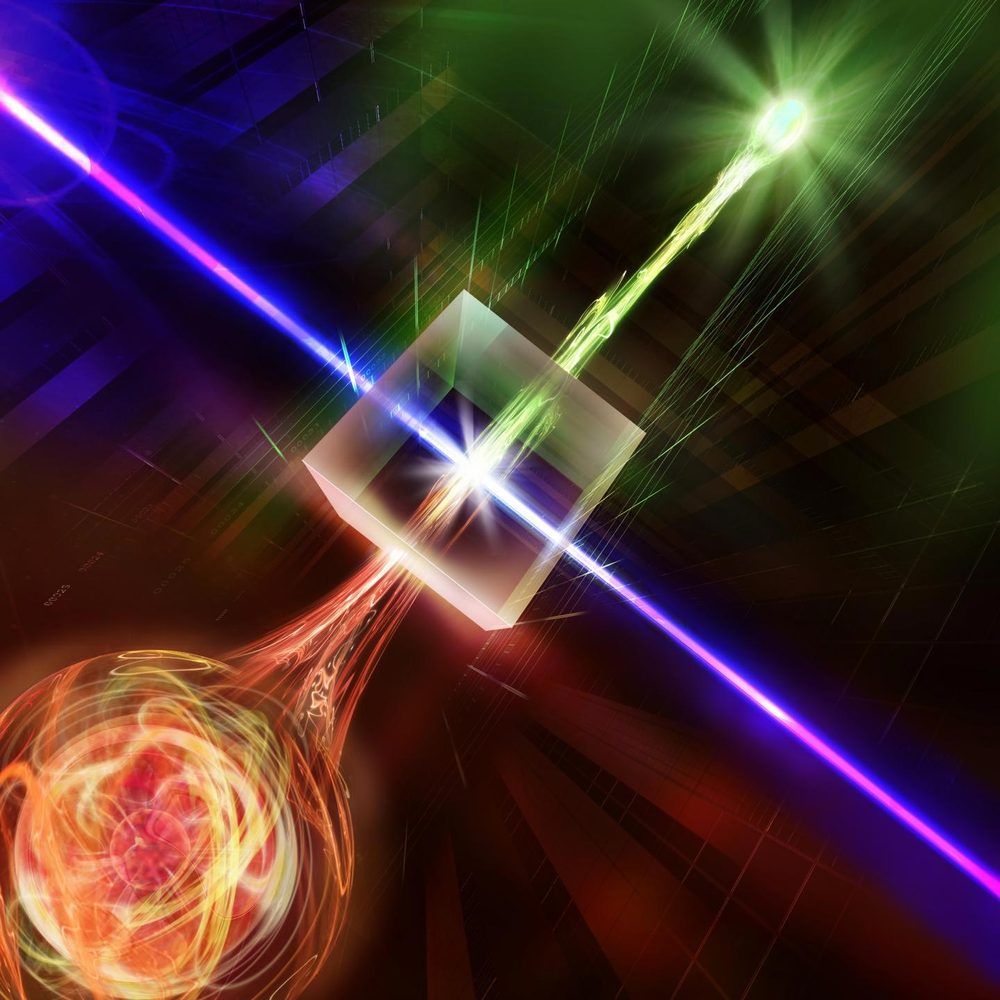
Research Triangle Park, N.C. — A U.S. Army research result brings the quantum internet a step closer. Such an internet could offer the military security, sensing, and timekeeping capabilities not possible with traditional networking approaches.
The U.S. Army’s Combat Capability Development’s Army Research Laboratory’s Center for Distributed Quantum Information, funded and managed by the lab’s Army Research Office, saw researchers at the University of Innsbruck achieve a record for the transfer of quantum entanglement between matter and light — a distance of 50 kilometers using fiber optic cables.
Entanglement is a correlation that can be created between quantum entities such as qubits. When two qubits are entangled and a measurement is made on one, it will affect the outcome of a measurement made on the other, even if that second qubit is physically far away.
Leonard Susskind is a professor of theoretical physics at Stanford University, and founding director of the Stanford Institute for Theoretical Physics. He is widely regarded as one of the fathers of string theory and in general as one of the greatest physicists of our time both as a researcher and an educator. This conversation is part of the Artificial Intelligence podcast.
INFO:
Podcast website:
https://lexfridman.com/ai
iTunes:
https://apple.co/2lwqZIr
Spotify:
https://spoti.fi/2nEwCF8
RSS:
https://lexfridman.com/category/ai/feed/
Full episodes playlist:
Clips playlist:
OUTLINE:
00:00 — Introduction
01:02 — Richard Feynman
02:09 — Visualization and intuition
06:45 — Ego in Science
09:27 — Academia
11:18 — Developing ideas
12:12 — Quantum computers
21:37 — Universe as an information processing system.
26:35 — Machine learning
29:47 — Predicting the future
30:48 — String theory
37:03 — Free will
39:26 — Arrow of time
46:39 — Universe as a computer
49:45 — Big bang
50:50 — Infinity
51:35 — First image of a black hole
54:08 — Questions within the reach of science.
55:55 — Questions out of reach of science.
CONNECT:
- Subscribe to this YouTube channel
- Twitter: https://twitter.com/lexfridman
- LinkedIn: https://www.linkedin.com/in/lexfridman
- Facebook: https://www.facebook.com/lexfridman
- Instagram: https://www.instagram.com/lexfridman
- Medium: https://medium.com/@lexfridman
- Support on Patreon: https://www.patreon.com/lexfridman
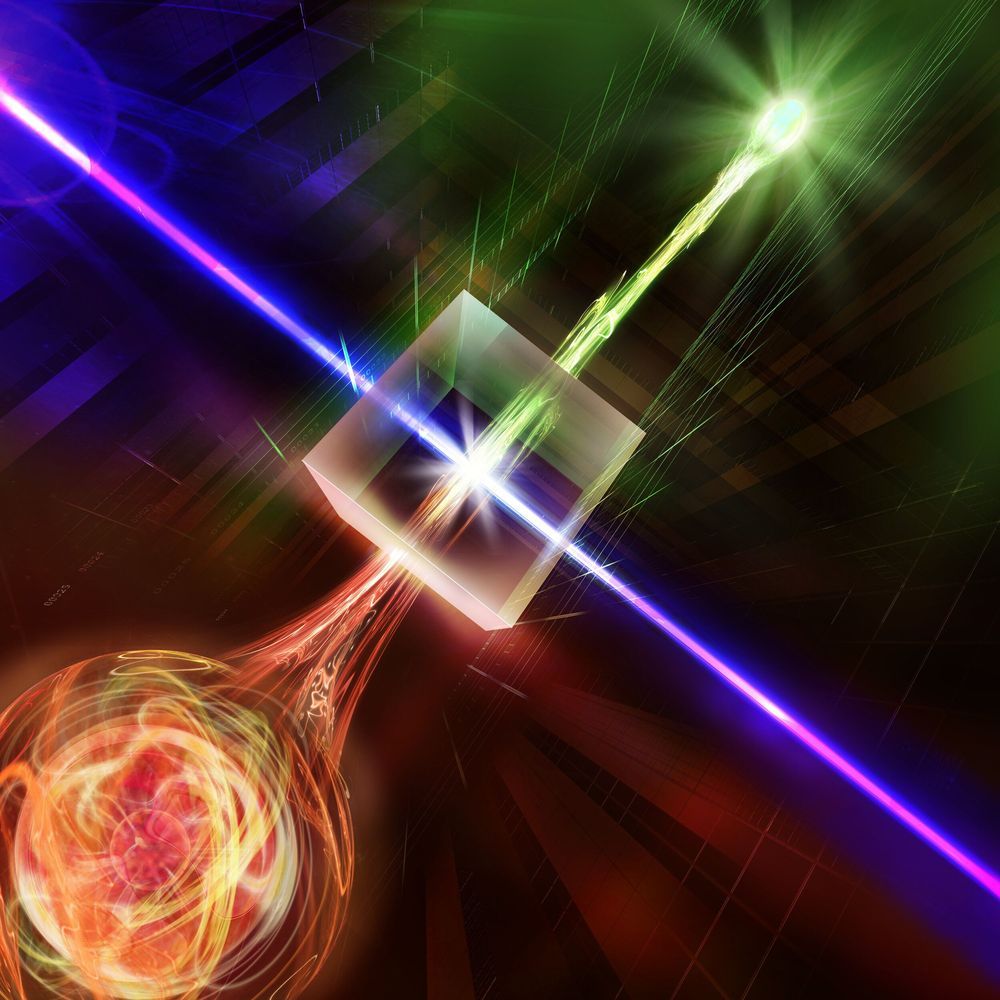
A U.S. Army research result brings the quantum internet a step closer. Such an internet could offer the military security, sensing and timekeeping capabilities not possible with traditional networking approaches.
The U.S. Army’s Combat Capability Development’s Army Research Laboratory’s Center for Distributed Quantum Information, funded and managed by the lab’s Army Research Office, saw researchers at the University of Innsbruck achieve a record for the transfer of quantum entanglement between matter and light—a distance of 50 kilometers using fiber optic cables.
Entanglement is a correlation that can be created between quantum entities such as qubits. When two qubits are entangled and a measurement is made on one, it will affect the outcome of a measurement made on the other, even if that second qubit is physically far away.
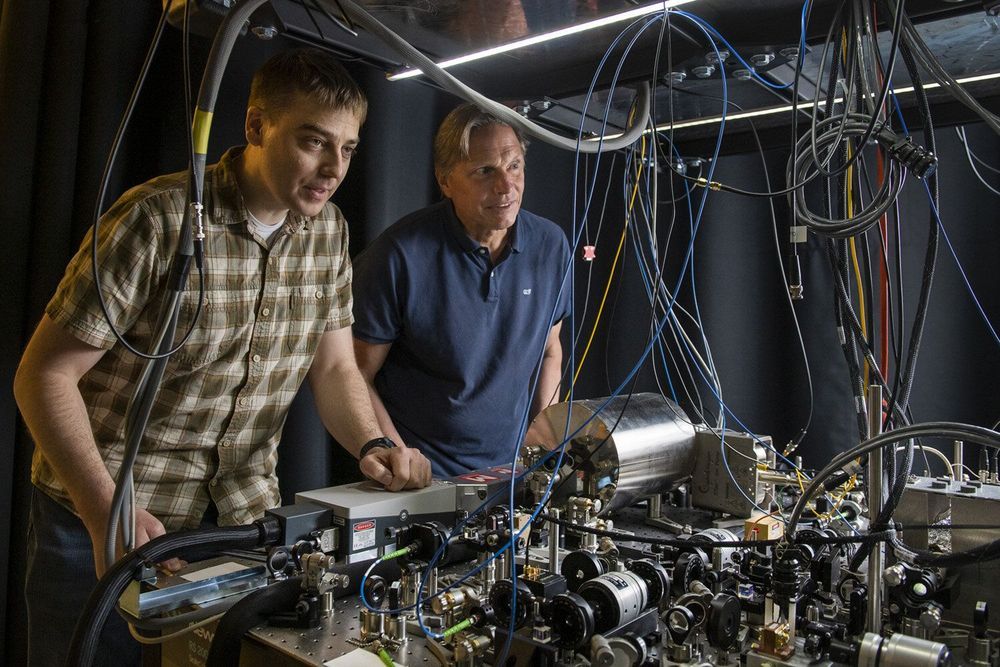
Hidden deep in a basement at Stanford stands a 10-meter-tall tube, wrapped in a metal cage and draped in wires. A barrier separates it from the main room, beyond which the cylinder spans three stories to an apparatus holding ultra-cold atoms ready to shoot upward. Tables stocked with lasers to fire at the atoms—and analyze how they respond to forces such as gravity—fill the rest of the laboratory.
The tube is an atom interferometer, a custom-built device designed to study the wave nature of atoms. According to quantum mechanics, atoms exist simultaneously as particles and waves. The Stanford instrument represents a model for an ambitious new instrument ten times its size that could be deployed to detect gravitational waves—minute ripples in spacetime created by energy dissipating from moving astronomical objects. The instrument also could shed light on another mystery of the universe: dark matter.
Stanford experimental physicists Jason Hogan and Mark Kasevich never intended for their device to be implemented this way. When Hogan began his graduate studies in Kasevich’s lab, he focused instead on testing gravity’s effects on atoms. But conversations with theoretical physicist Savas Dimopoulos, a professor of physics, and his graduate students—often lured downstairs by an espresso machine housed directly across the hall from Kasevich’s office—led them to start thinking about its utility as a highly sensitive detector.
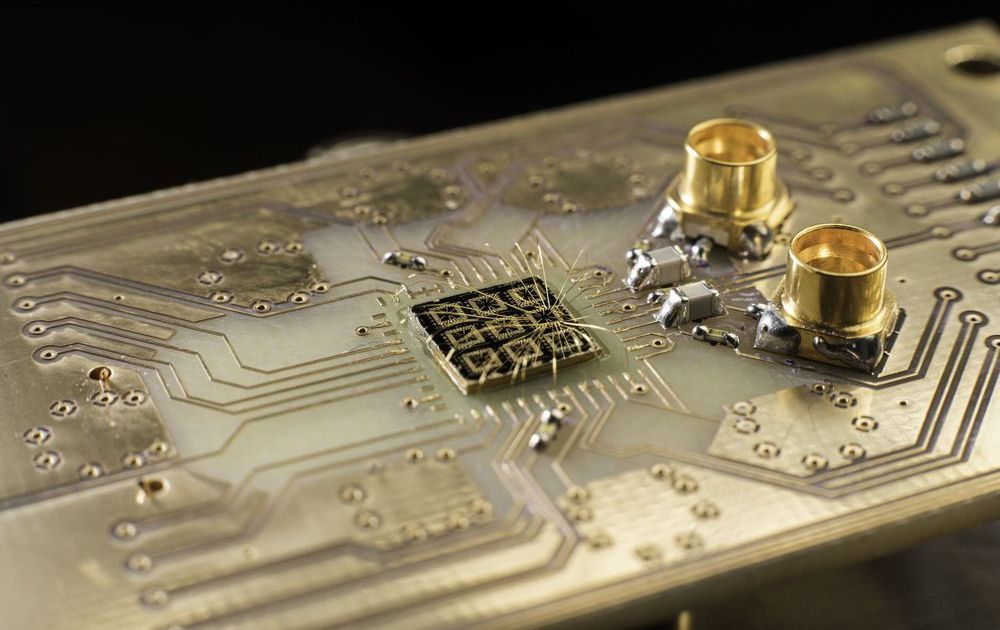
Quantum computing has the potential to revolutionize technology, medicine, and science by providing faster and more efficient processors, sensors, and communication devices.
But transferring information and correcting errors within a quantum system remains a challenge to making effective quantum computers.
In a paper in the journal Nature, researchers from Purdue University and the University of Rochester, including John Nichol, an assistant professor of physics, and Rochester Ph.D. students Yadav P. Kandel and Haifeng Qiao, demonstrate their method of relaying information by transferring the state of electrons. The research brings scientists one step closer to creating fully functional quantum computers and is the latest example of Rochester’s initiative to better understand quantum behavior and develop novel quantum systems. The University recently received a $4 million grant from the Department of Energy to explore quantum materials.
IBM has a fleet of quantum computers. That much is fairly well known since IBM has been actively promoting quantum computing for several years. But IBM’s quantum story will get all the more interesting next month, when a 53 qubit computer joins the line, making it the most powerful quantum computer available for use outside IBM.
“Next month, IBM will make a 53-qubit quantum computer available to clients via its Q Network quantum cloud computing service,” said Bits&Chips. That network, said Asian Scientist Magazine, and grew into an “ecosystem of Fortune 500 companies, start-ups, universities and national research labs.”
IBM’s new machine will be part of the company’s quantum computation center in Poughkeepsie, New York State, marking an unveiling of its 14th quantum computer. The center “is essentially a data center for IBM’s quantum machines,” said Frederic Lardinois in TechCrunch.
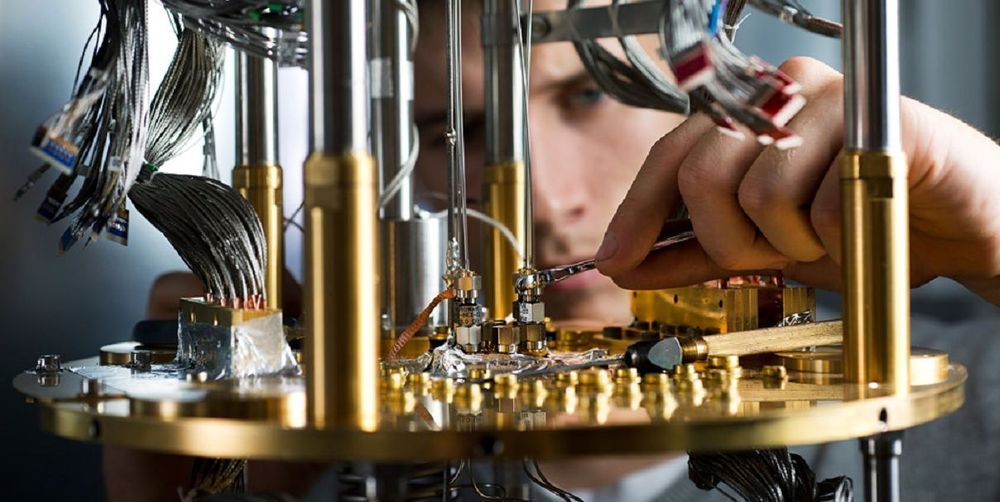
D-Wave today announced its next generation “Advantage” quantum computer system. It’ll pack a whopping 5,000 qubits and myriad improvements to processing speed and power. And the Los Alamos National Laboratory in New Mexico will be among the first to have access.
According to a press release from D-Wave, the new Advantage system improves on the previous generation’s 2000Q model – which sports a paltry-by-comparison 2,048 qubits – in nearly every conceivable way:
Designed to speed the development of commercial quantum applications, the Advantage quantum system will power a new hardware and software platform that will accelerate and ease the delivery of quantum computing applications. Reflecting years of customer feedback, the platform captures users’ priorities and business requirements and will deliver significant performance gains and greater solution precision.
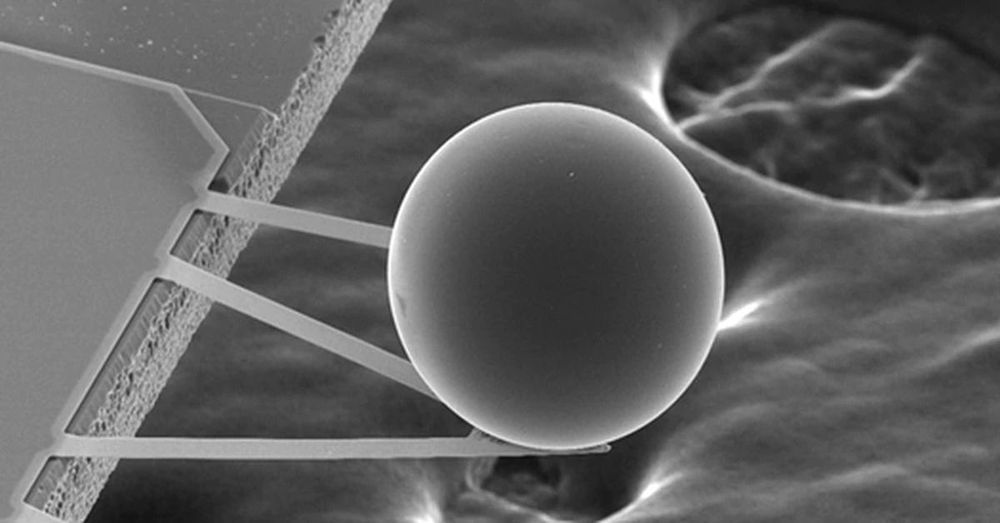
An Israeli scientist has proposed a way to build a quantum propulsion machine by pushing on the electromagnetic fields within a quantum vacuum, generating a force that, theoretically, could be harnessed. Sounds simple enough, right? But leaving the complex jargon of quantum mechanics aside, the implications are pretty amazing.